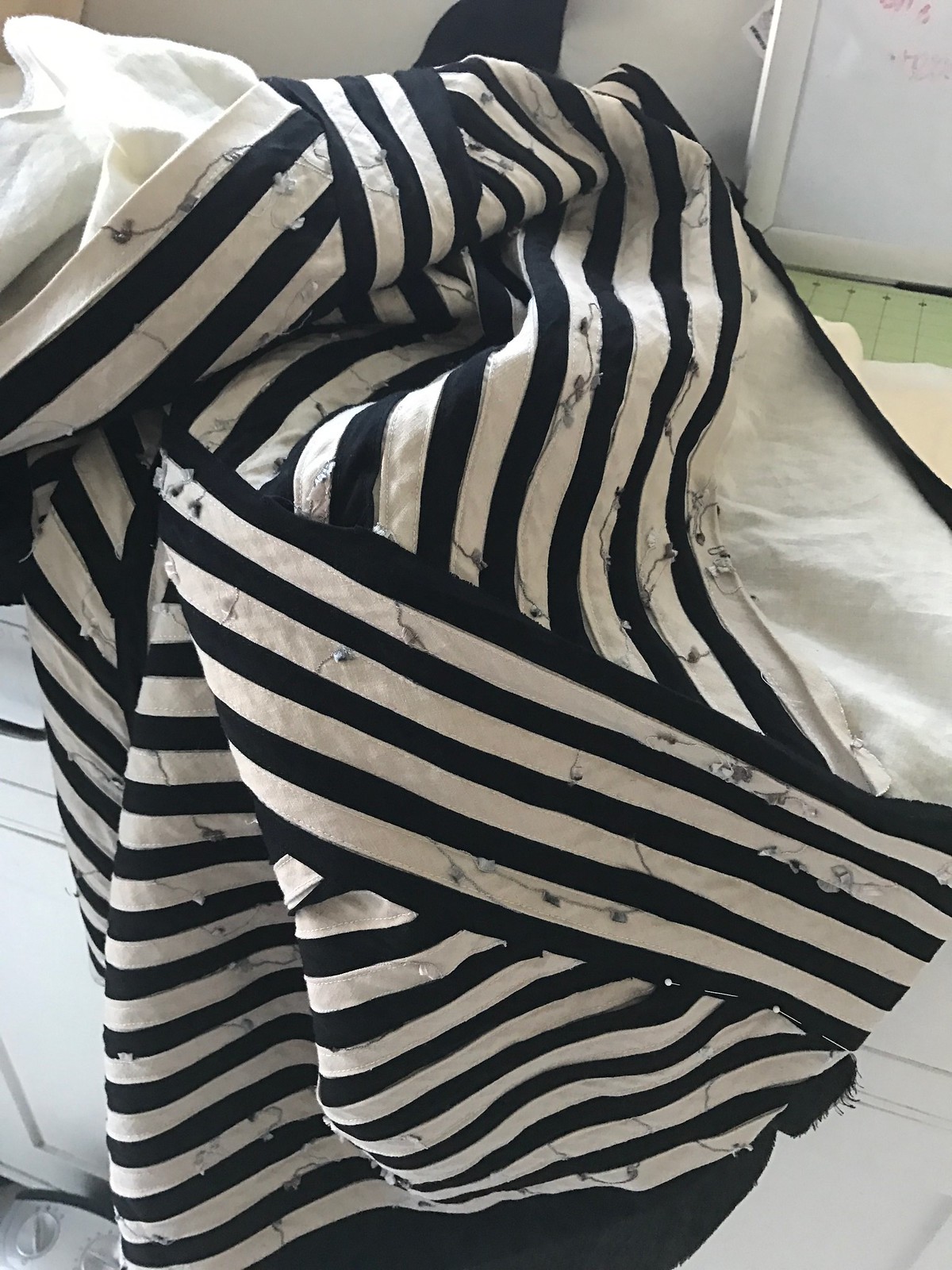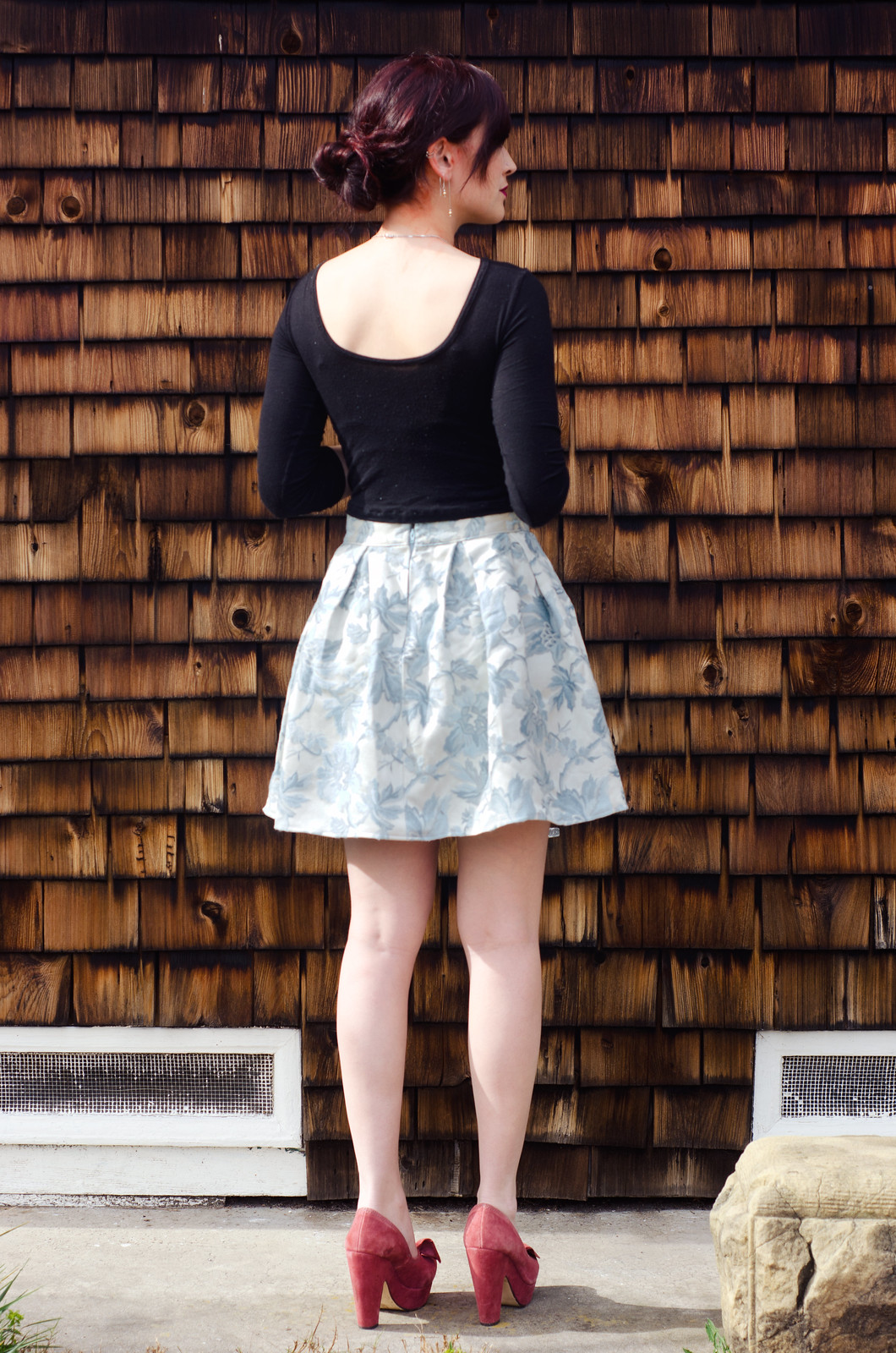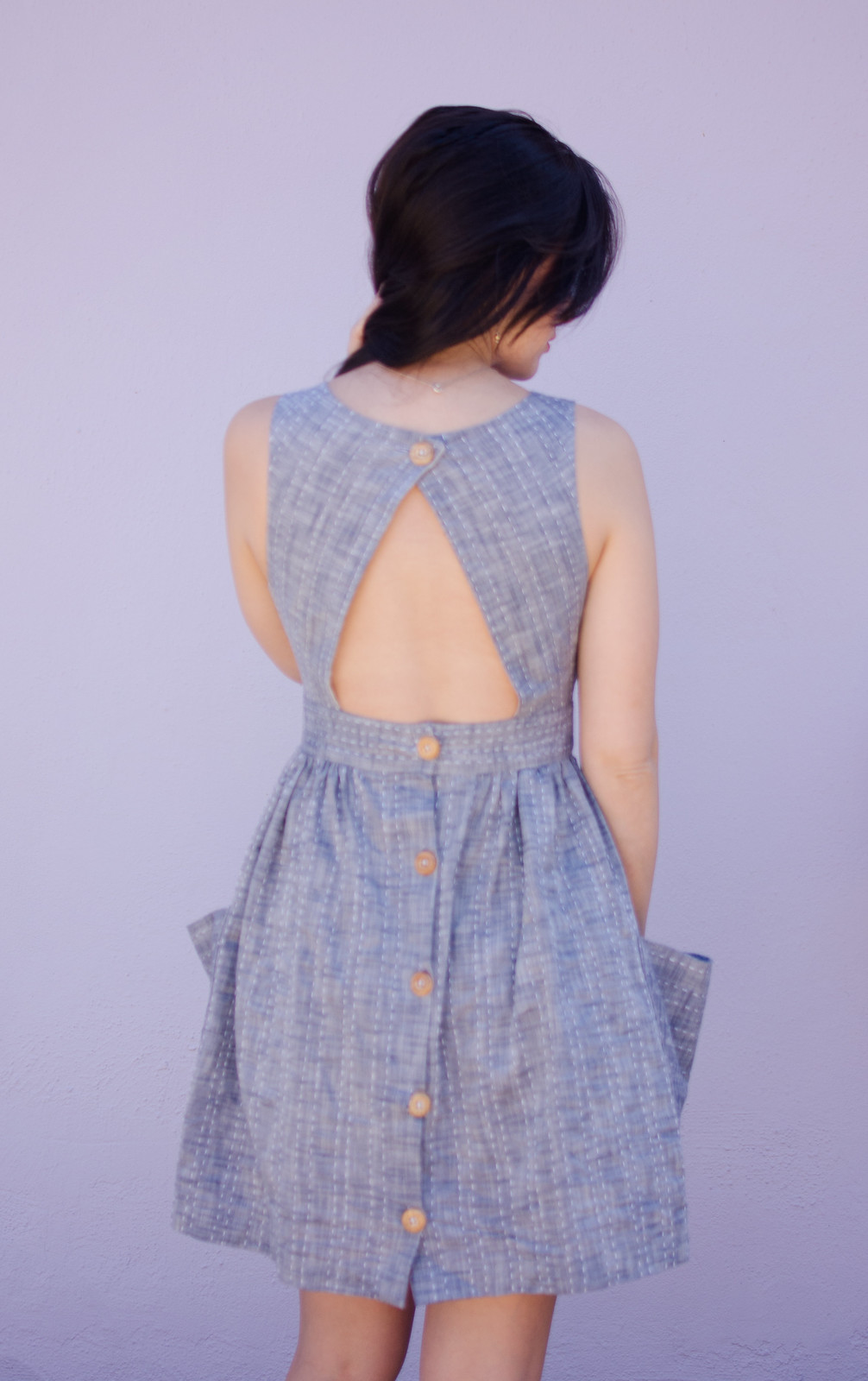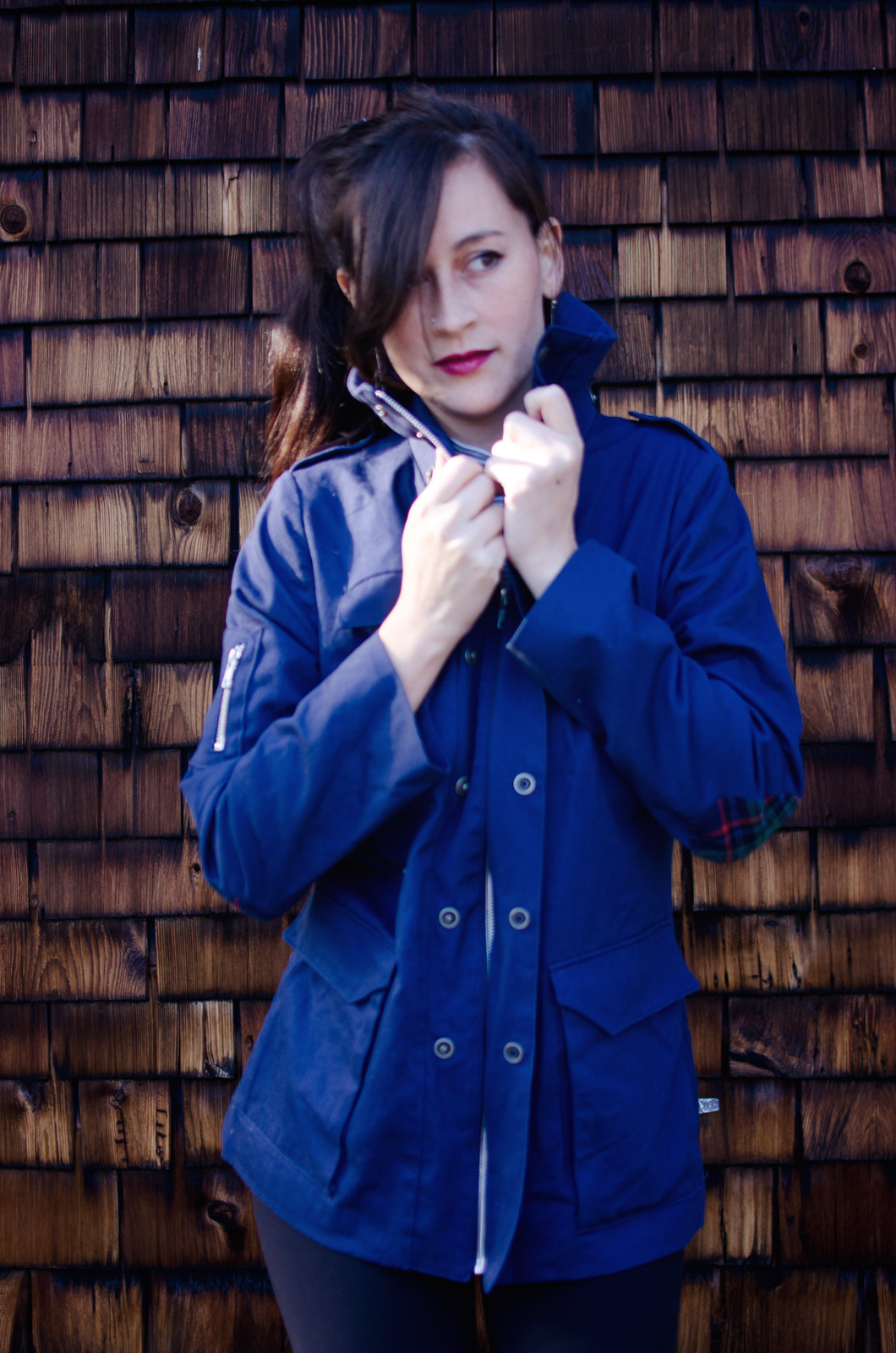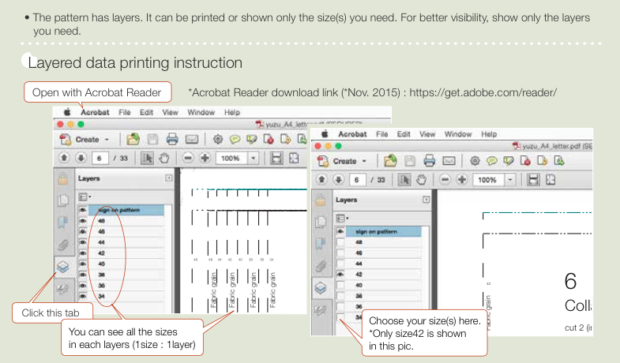This dress was kind of a beast. It was unwieldy and not very nice at times. It also kind of had a mind of its own but I mostly managed to wrangle it into submission with a lot of hand-stitching.
But let’s start at the beginning.
I had two main sources of inspiration for this one: Claire Danes’ Met Gala dress from 2016 and the Iron Work dress by House of Worth. (Or technically the Redthreaded version because that’s what popped up on my instagram feed and cued heart eyes because holy crap.)
I knew I wanted to do something completely different from last year, so my sister expressly forbade me from doing 3D flowers to use up the uglier fabrics. And then lots of people last year kept saying they took their ugliest fabrics and made them into bias tape for binding seams on the inside. For some reason my brain took that and ran with it and I decided that no matter what fabric I got, I would turn it into bias tape and cover the dress with it.
 I never want to look at bias tape again.
I never want to look at bias tape again.
I chose a blue bundle because I thought it would be fun to do something a little more colorful. Except “blue” really meant “beige with blue accents” and the one fabric I got a large-ish (2.5 yards) piece of looked almost exactly like my dress from last year (the one on the far left).

I started doing some sketching about stripe directions and what not, and somewhere along the line my brain also decided this dress needed to also be reversible. I kept looking at Oscars dresses and all of my favorites were solid colors, so I decided that I’d make a plain black side as the actual Oscars dress, and the striped side would be like the after-party dress. Repurposing ftw.
I started with a muslin high-low circle skirt, which I divided into quadrants. I sewed a cluster of 9 stripes straight down the front, sides, and back. Then I drew diagonal lines and sewed a 5 stripe cluster down the four diagonals. Then it was just filling in the horizontal stripes.
Two issues came up here:
Issue #1) I could NOT get the bias tape to stay straight. It kept wanting to curve. I decided to just go with it and in the end you can’t really tell, and it actually looks kind of cool in a Mat Hatter-y sort of way.
At this point I was sewing on a few stripes of the same color, switching thread colors, and then sewing a few of the other color before switching back. Killmenow.
Then I decided to just suck it up and use my sick Bernina even though the timing is off and she skips stitches sometimes. I should really take that in to get fixed.
Issue #2) I ran out of beige fabric. There was a moment of panic but it ended up being fine; I used some of the uglier canvas fabrics covered with the black I’d purchased to make solid pieces at the bottoms. It gives the eye a place to rest and also matches the solid pieces in the bodice.
 Ugly canvas pieces sewn together to form a piece a little larger than the “naked” area at the hem of the skirt.
Ugly canvas pieces sewn together to form a piece a little larger than the “naked” area at the hem of the skirt.
 Pinned down so I can cut the exact shape needed.
Pinned down so I can cut the exact shape needed.
 A solid black piece cut out in the same shape to go on top.
A solid black piece cut out in the same shape to go on top.
I took many breaks during this process to work on the bodice, which proved to be a different sort of challenge. I started off drafting a corsety shaped thing and played with the style lines a bit. The black side still has the Claire Danes dress lines, but it didn’t really work on the striped side.
 The original bodice before I re-did it twice.
The original bodice before I re-did it twice.
I decided that while the upside center piece works well in solids, it really doesn’t translate to a giant solid piece amongst stripes, so I redrafted those (thank god they were only style lines and not shaping ones!) and turned that piece upside down.
 Sketch concept of the new bodice.
Sketch concept of the new bodice.
I was running super low on the beige stripes at this point so I was trying to save as much of it for the skirt as possible. I decided to try adding triangular wedges of solid black. I realized that this inadvertently solved my issue of “Does the random center black panel look out of place?” (The answer was yes.) And then they also went with the solid black pieces at the hem! Total accident, guys.
 Anddd new bodice in progress. Much better!
Anddd new bodice in progress. Much better!
I kind of went into panic mode at this point and stopped taking progress photos, but nothing super interesting happened after this, just a lot of hand-sewing. I had to trim an angle into the circle skirt waist to accommodate the pointy bodice.
And then I had to be strategic in how I put the whole thing together in order for it to be reversible.
1) I started at the neckline, sandwiching the fluttery pieces between the two bodices and stitching the necklines together.
2) I sewed each skirt to its corresponding bodice.
3) I hand-stitched the two waistline hems together to keep things from shifting around.
4) Attached ban-rol to the hem. I was going to use horsehair braid but I was concerned about how heavy the skirt was going to be. I’d never heard of ban-rol and was in an experimental mood. It worked ok, I think. I’ll have to try horsehair braid to compare.
5) Hand-stitched the entire hem closed.
6) I had three fabrics left so I made a little quilted clutch (also reversible with one side to go with each side of the dress) but I forgot to take photos. Oops.
Phew! I turned in my dress on Tuesday and now I’m kind of having separation anxiety. I’ve been working on it on and off for months, and basically on nothing else for the past few weeks. Now excuse me while I go sew a bunch of t-shirts and zippy bags and pillow cases for the next month.
And see my previous post for more photos of the finished dress!







